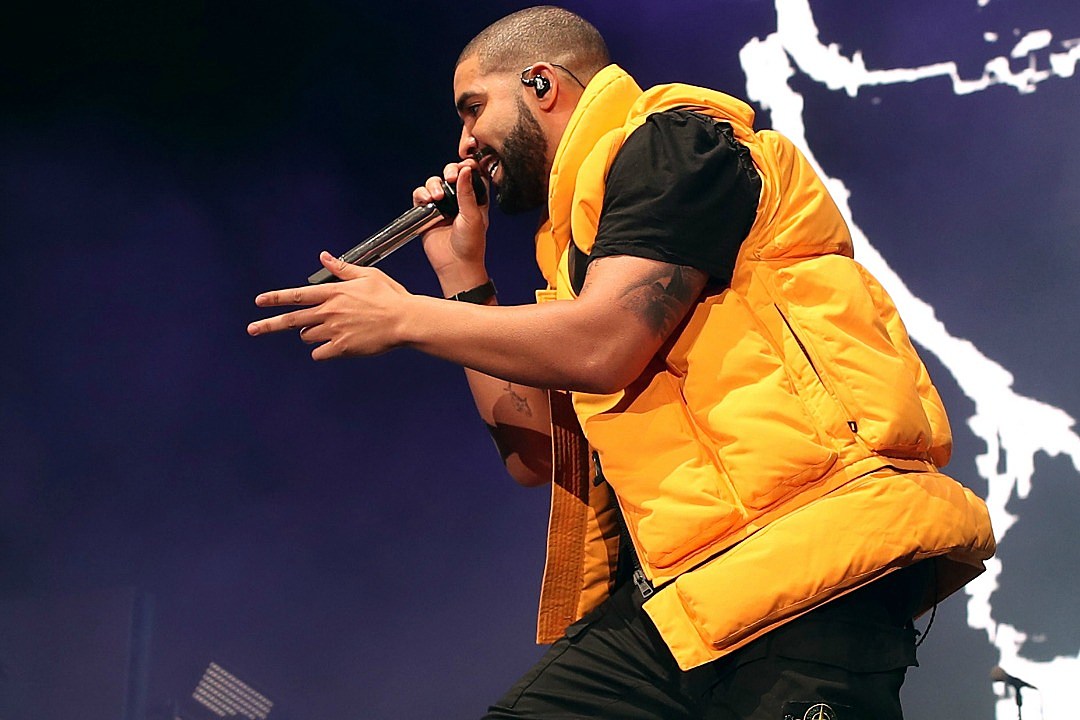

What makes the Drake case so significant (other than Drake being a high-profile name), is that rulings of copyright fair use are rare in the realm of songcraft. It’s a murky and uncertain path, one in which millions in legal fees have been accrued in attempts to figure it out. In these cases, courts will look at a number of factors including 1) how much of the original work was sampled 2) was the use transformative and 3) was there undue harm to the original owner.
#Drake pound cake edit license#
The Smith’s estate filed suit in 2014, alleging that Drake had violated its copyright to “Jimmy Smith Rap,”saying it would not have granted a license to the composition because “Jimmy wasn’t a fan of rap.” As a defense, Drake and his producers argued that their use of the sample was allowed under fair use.įair use allows artists to argue that samples pulled from an original work are allowed when the new product is “transformative” or used to advance an important public purpose or contribution to the arts. All the other bullshit is here today and gone tomorrow” to omit the word jazz. The issue arose when Drake edited the line “Jazz is the only real music that’s gonna last. Just as visual artists take yellow and blue to come up with green, we wanted to be able to do that with sound.” The art of sampling is woven into the founding story of hip-hop along with the legal challenges that came with its commercial success.Ī quick primer: Drake’s song “Pound Cake” opens with Jimmy Smith (noted jazz musician) talking, which comes from Jimmy Smith’s Rap. once said: “We thought sampling was just a way of arranging sounds to blend sound. But do you ever wonder, where is the line? How much is too much? Samples and mashups are commonplace in music and especially in hip-hop. But what exactly is fair use? And what does it mean for artists and producers moving forward?Īs artists and creators, we constantly take inspiration from our peers and our idols.

On September 5, 1928, Drake purchased 10.84 acres (4.39 ha) of meadowland on the north side of Newton, which in November he and his wife donated as “a playground and general recreation field under direction of the Town of Newton.” Newton accepted the donation and in 1929 appointed a Board of Recreation Commissioners, including Drake as president, to transform this tract into a public park.This month, Drake and his producers won a key battle in the fight for fair use. Both were interred at a private family mausoleum in Tranquility Cemetery in the Tranquility section of Green Township, New Jersey. His wife, Elizabeth Drake, died October 29, 1940. Newman Drake died at Lenox Hill Hospital in New York City's Upper East Side on March 17, 1930.

On January 28, 2013, McKee Foods of Chattanooga, Tennessee (makers of Little Debbie snack cakes) was the lead bidder for the Drake's brand and equipment. Hostess filed for bankruptcy liquidation in 2012 and shuttered its plants. In 1991, it was sold to Culinar, and later Interstate Bakeries Corporation which acquired Hostess Brands and Wonder Bread. It was first owned by Borden until 1987 when it was sold to Ralston Purina, and operations were overseen by Ralston Purina's ITT Continental Baking Company. In the 1960s, the Drake's brand-which involved familiar products including Ring Dings, Yodels, Devil Dogs, Yankee Doodles, Sunny Doodles, Funny Bones, and its trademark round coffee cake-was purchased by large food manufacturing companies. Drake Bakeries was one of the few snack cake companies to be produced under kosher guidelines, not using lard or tallow which are prohibited under kosher food laws.

As the company expanded, it was renamed Drake Bakeries, Inc., and built a factory facility at 77 Clinton Avenue on the border of the Fort Greene and Clinton Hill neighborhoods of Brooklyn. The company's "Drake’s Cakes" sold pound cake by the slice. In 1888, Drake established his company in Brooklyn as Drake Brothers, with a commercial bakery located at 1006 Wallabout Market in Brooklyn.


 0 kommentar(er)
0 kommentar(er)
